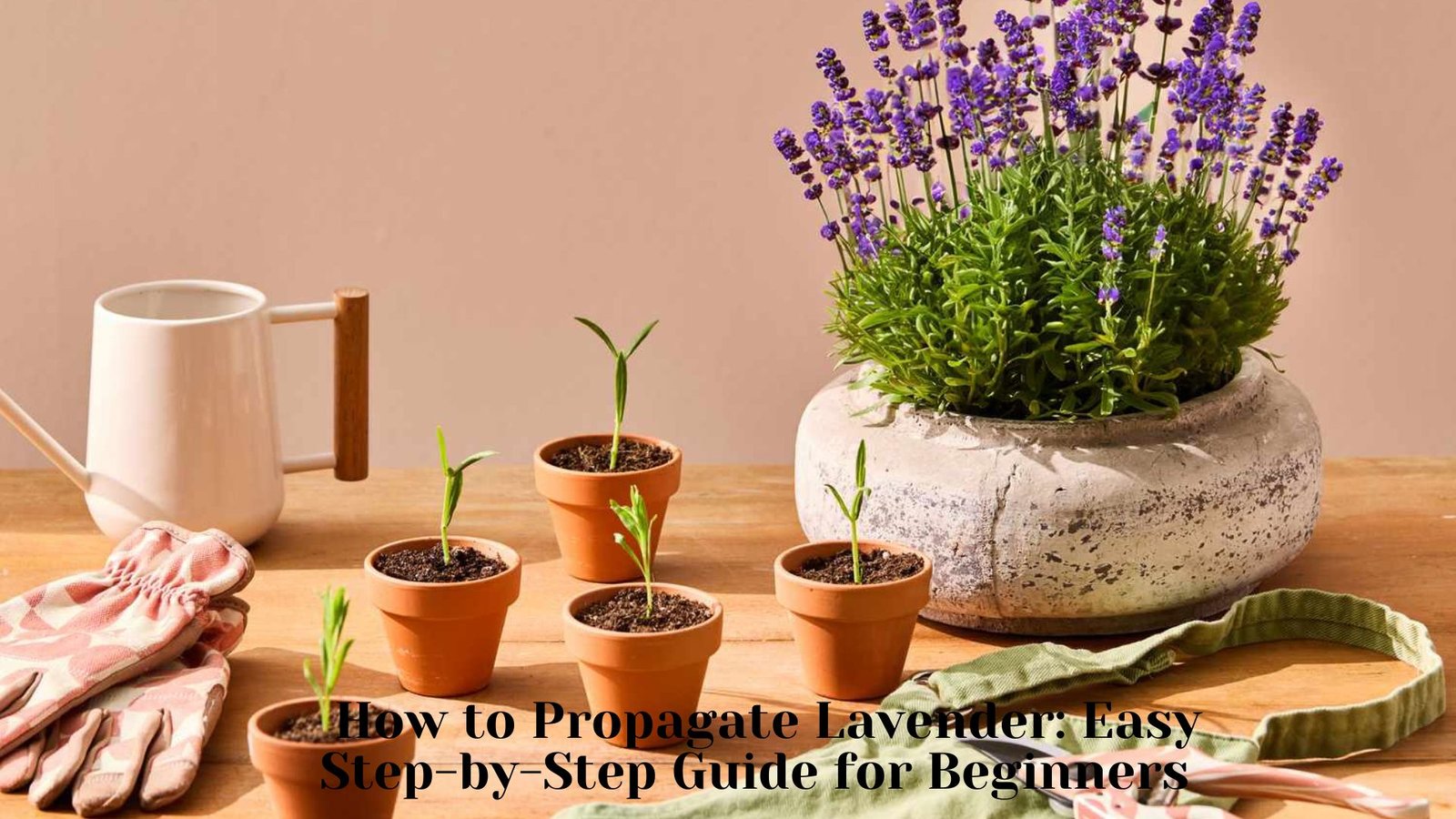Learning how to propagate lavender is one of the easiest and most rewarding skills for home gardeners. Whether you’re looking to save money, expand your herb garden, or just love the soothing scent of lavender, propagation lets you grow more plants from what you already have. By using simple garden propagation techniques, even beginners can enjoy success. You don’t need a greenhouse or expensive tools—just patience, sunlight, and the right steps. From lavender softwood cuttings in spring to lavender hardwood cuttings in fall, this guide walks you through the full process. Soon, you’ll be enjoying the benefits of growing lavender at home—fragrant, beautiful, and entirely free.
Why Propagate Lavender? Benefits for Gardeners and Herbal Lovers
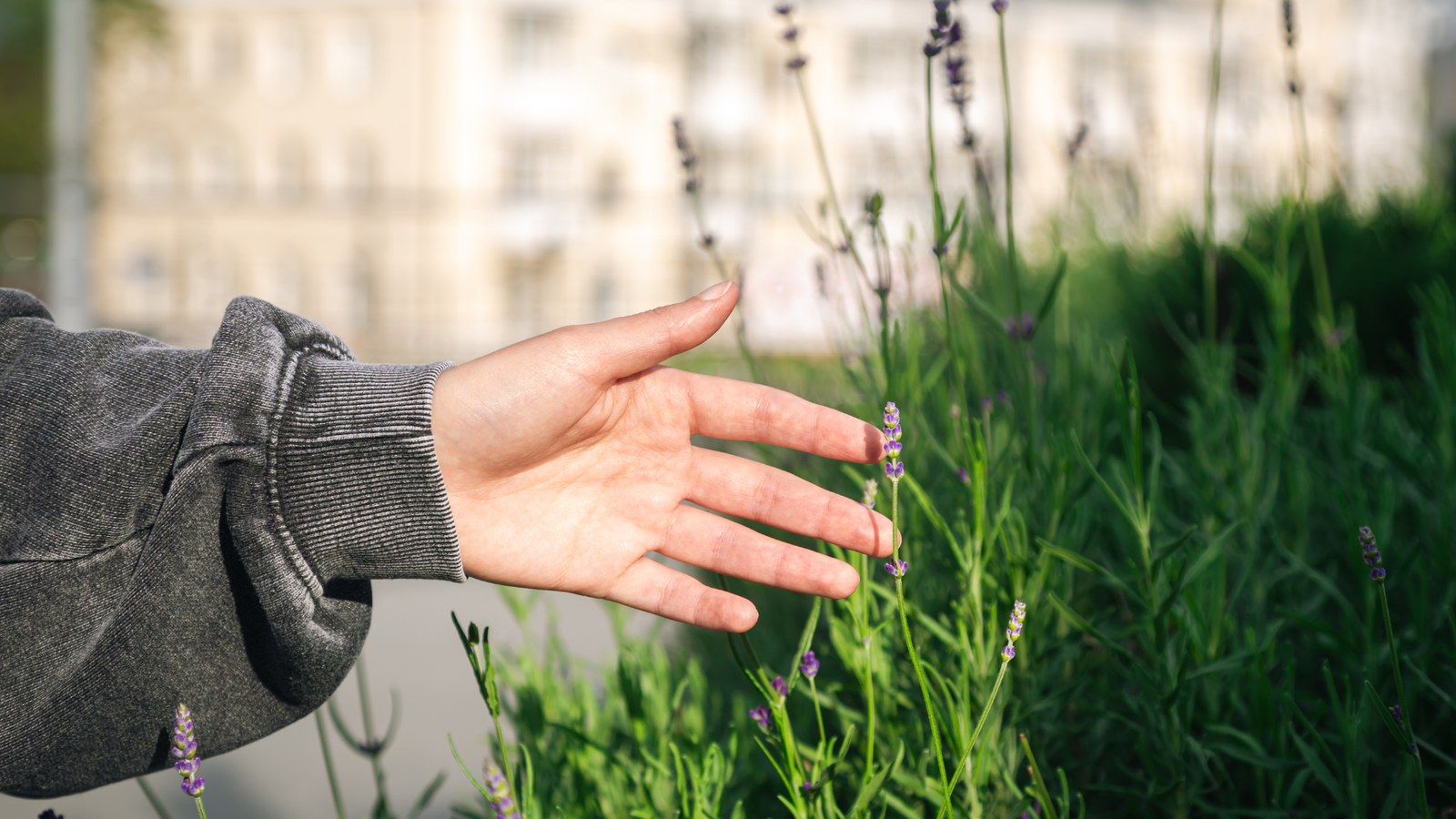
Lavender offers more than just beauty. It’s one of the top pest-resistant garden plants, keeping mosquitoes, fleas, and ticks away. By learning how to propagate lavender in soil, you can expand your garden for free. Many people enjoy lavender in DIY projects, including soaps, scrubs, teas, and decor. This makes lavender not only easy to grow but useful in many ways.
For gardeners, lavender propagation success tips include patience, proper technique, and timing. You can multiply a single plant into dozens, turning a small bed into a purple paradise. Plus, it’s a wonderful example of sustainable gardening with lavender, because you don’t need to keep buying new plants. You simply grow more from what you have.
When is the Best Time to Propagate Lavender?
The best time to propagate lavender is between late spring and early fall. In the USA, this is usually from May to September. During this time, lavender grows fast and healthy, which helps your cuttings root better. This season also offers the right warmth and light, which are key to rooting lavender. 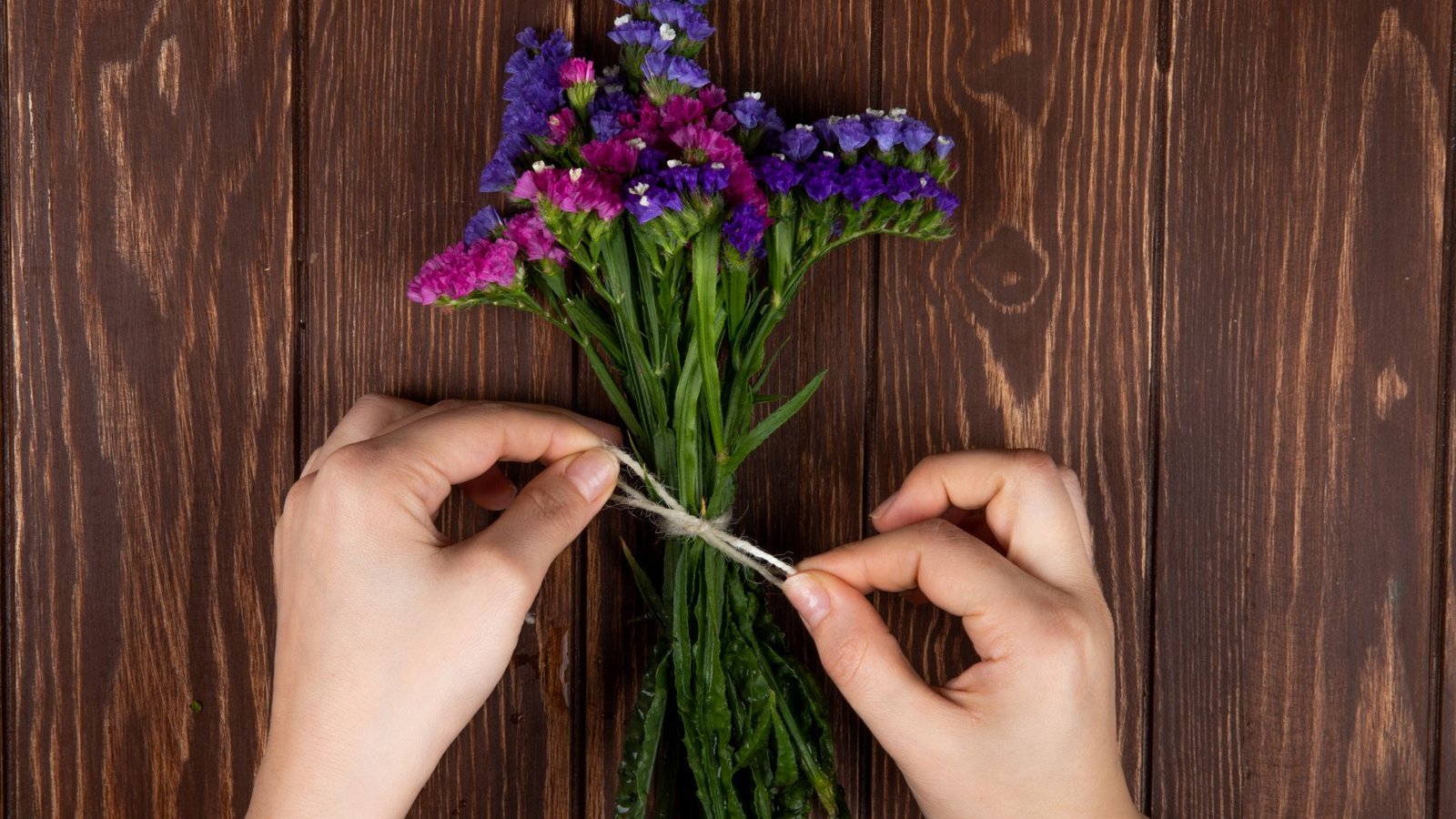
The choice of lavender softwood cuttings or lavender hardwood cuttings depends on the month. In early summer, softwood cuttings work best. They’re green, flexible, and root quickly. In late fall, hardwood cuttings can be used, though they take longer. Understanding the type and timing is essential in step-by-step lavender propagation.
What You’ll Need Before Starting
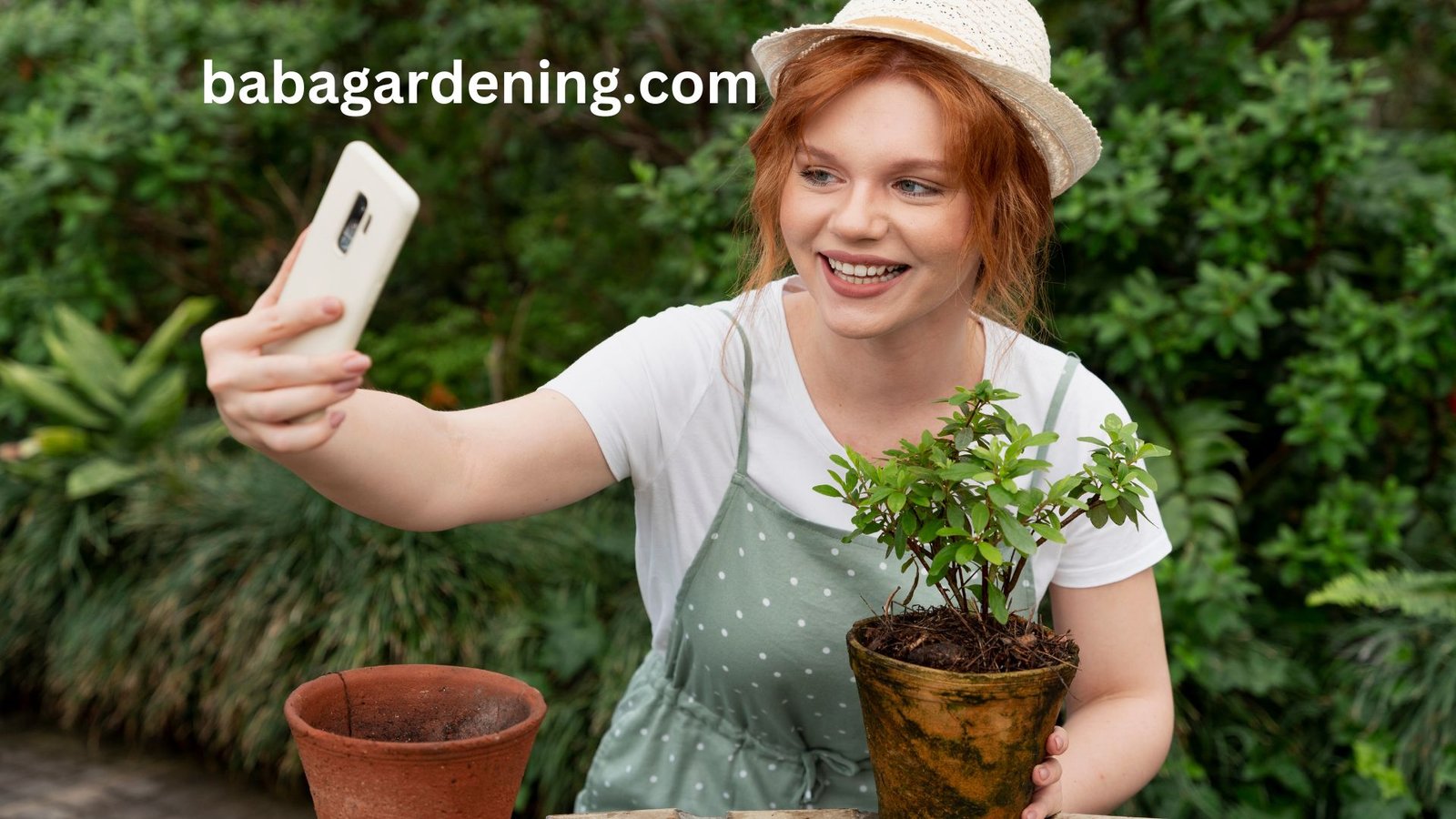
To begin, you’ll need some basic gardening tools for plant propagation. First, find a mature lavender plant with no disease or pests. Then, prepare your space and items. Here’s a table of what you’ll need:
| Item | Purpose |
| Sharp pruners | For cutting stems cleanly |
| Small pots | For planting lavender cuttings |
| Potting mix | Helps retain moisture and gives nutrients |
| Rooting hormone | Optional, but improves success |
| Spray bottle | For moisture control for cuttings |
Also, make sure you’re working in a clean, warm, and well-lit area. This improves your chance of success and helps avoid disease. When you’re ready, it’s time to learn how to take lavender cuttings.
How to Propagate Lavender from Cuttings – Step-by-Step
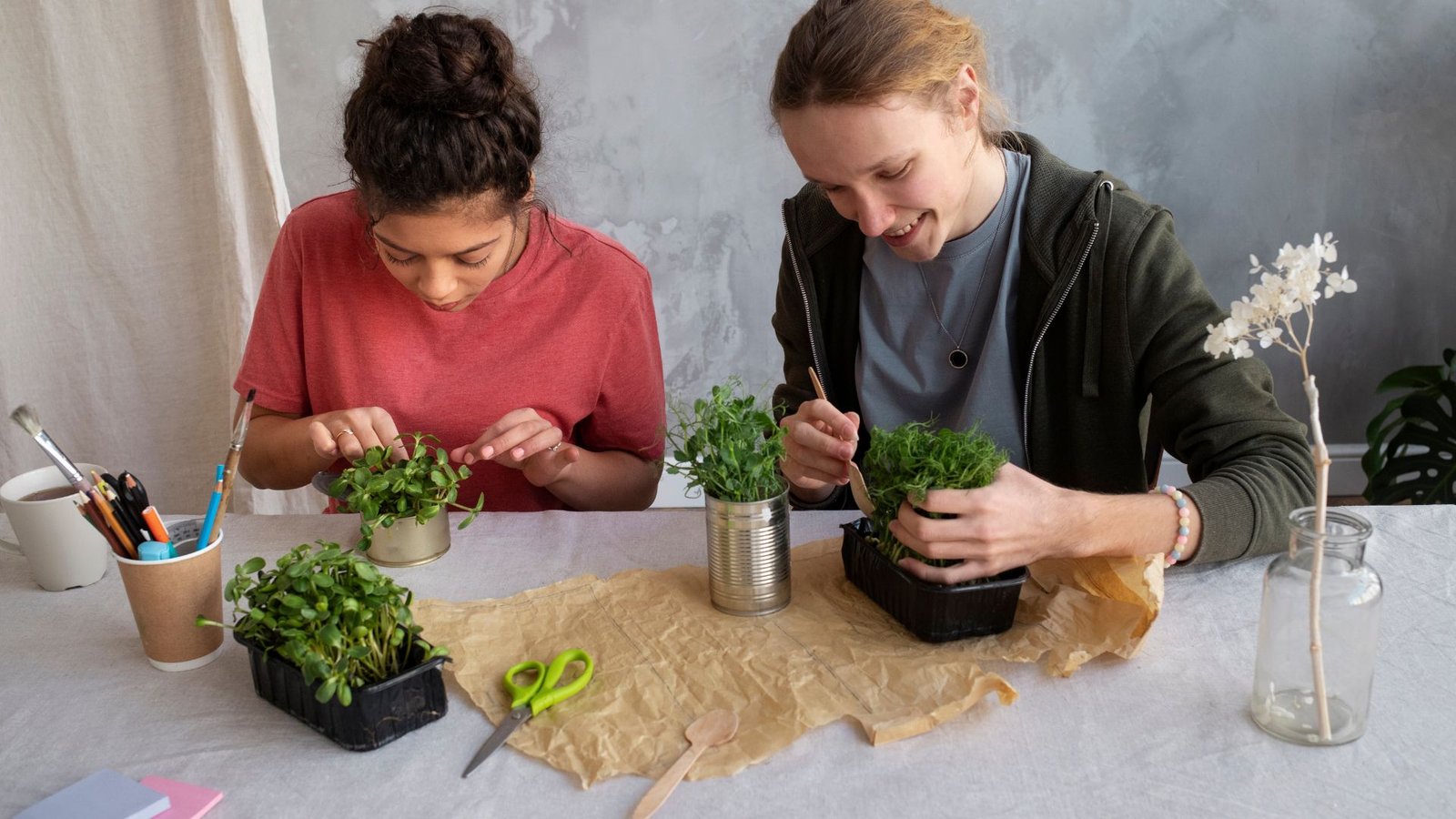
Step-by-step lavender propagation starts with choosing a good stem. Pick one that hasn’t flowered. Flowers take energy, and you want all the plant’s effort to go into growing roots. Cut 3 to 4 inches of stem just below a leaf node. This is where the new roots will form.
Next, strip the leaves off the bottom two inches. If you’re using rooting hormone for lavender, dip the end of the cutting into the powder. Now, poke a hole in moist soil and place the cutting in. Firm the soil around it. Keep the pot in a bright place but out of direct sunlight. That’s the heart of lavender propagation in pots.
What is Rooting Hormone and Do You Need It?
Rooting hormone is a powder or gel that encourages roots to grow faster. It mimics a plant’s natural hormones. This makes it great for transplanting rooted cuttings later, as they’ll be stronger and healthier. You can find it at any garden store.
While it’s optional, many gardeners swear by it. Some natural gardeners use cinnamon or honey instead. These help stop disease and may improve rooting. Whether you use it or not, lavender propagation success tips always include cleanliness and patience.
How to Propagate Lavender Using Layering Method
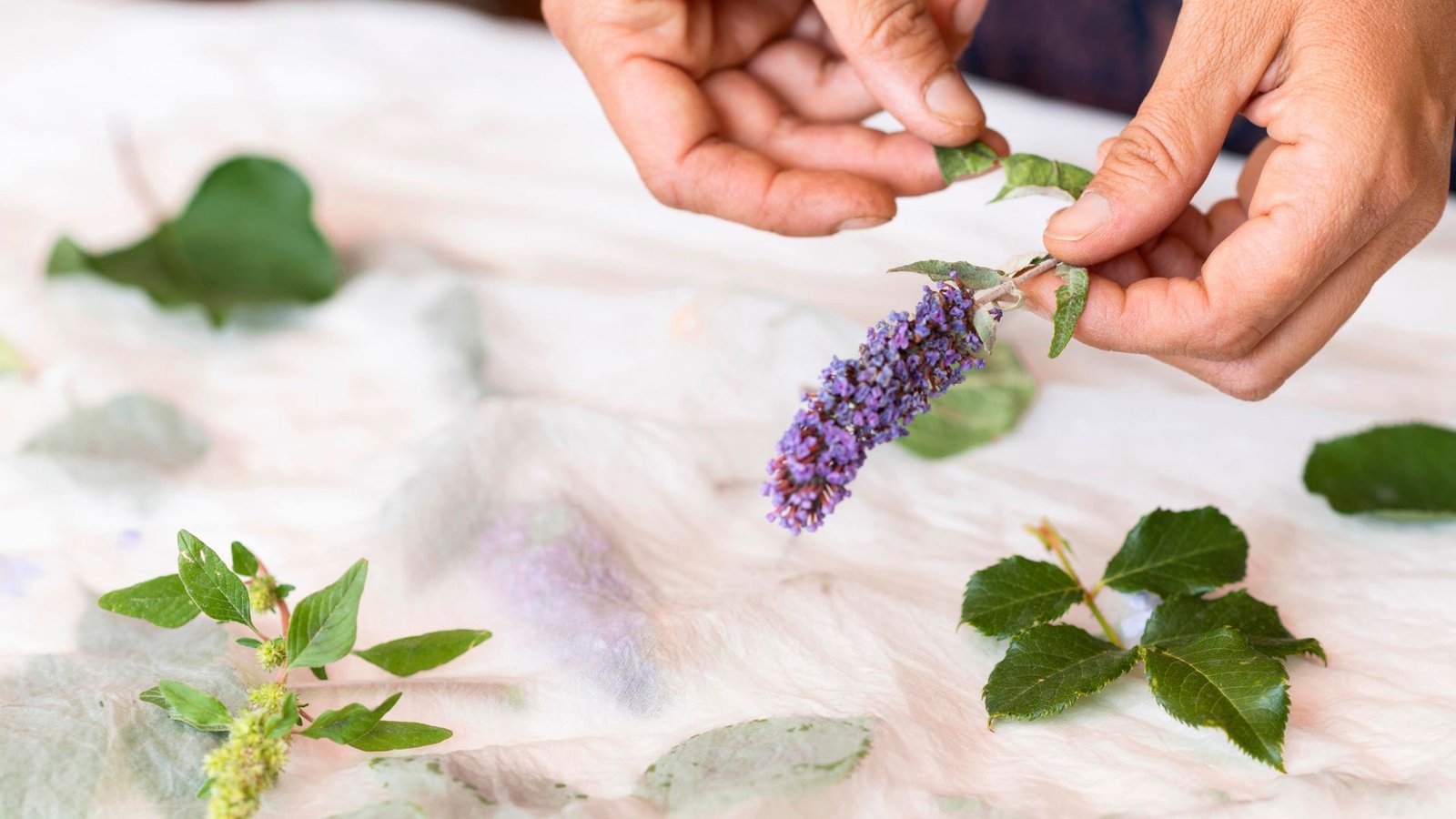
Layering is an organic way to grow lavender that doesn’t involve cutting anything off right away. Find a low stem and bend it toward the soil. Remove some leaves and cover part of it with moist soil, leaving the tip exposed. Use a stone or pin to hold it in place.
In about 4–6 weeks, roots will form at the buried part. Once you see signs of root development, you can cut the stem from the mother plant and replant it elsewhere. This method is slower but more natural. It’s great for people who want less risk.
Can You Propagate Lavender in Water? Pros and Cons

Some gardeners try rooting lavender in water, especially if they’re growing indoors. It can work, but the success rate is lower. Water doesn’t offer nutrients or support like soil does. Also, water-grown roots are weaker when transplanted.
Here’s a quick comparison:
| Method | Speed | Success Rate | Notes |
| Soil | 2-4 weeks | High | Best for beginners |
| Water | 1-3 weeks | Low to Medium | May need extra care when planting |
If you choose this method, make sure to change the water every few days. Once you see roots, move your cutting to soil quickly.
Common Mistakes to Avoid When Propagating Lavender
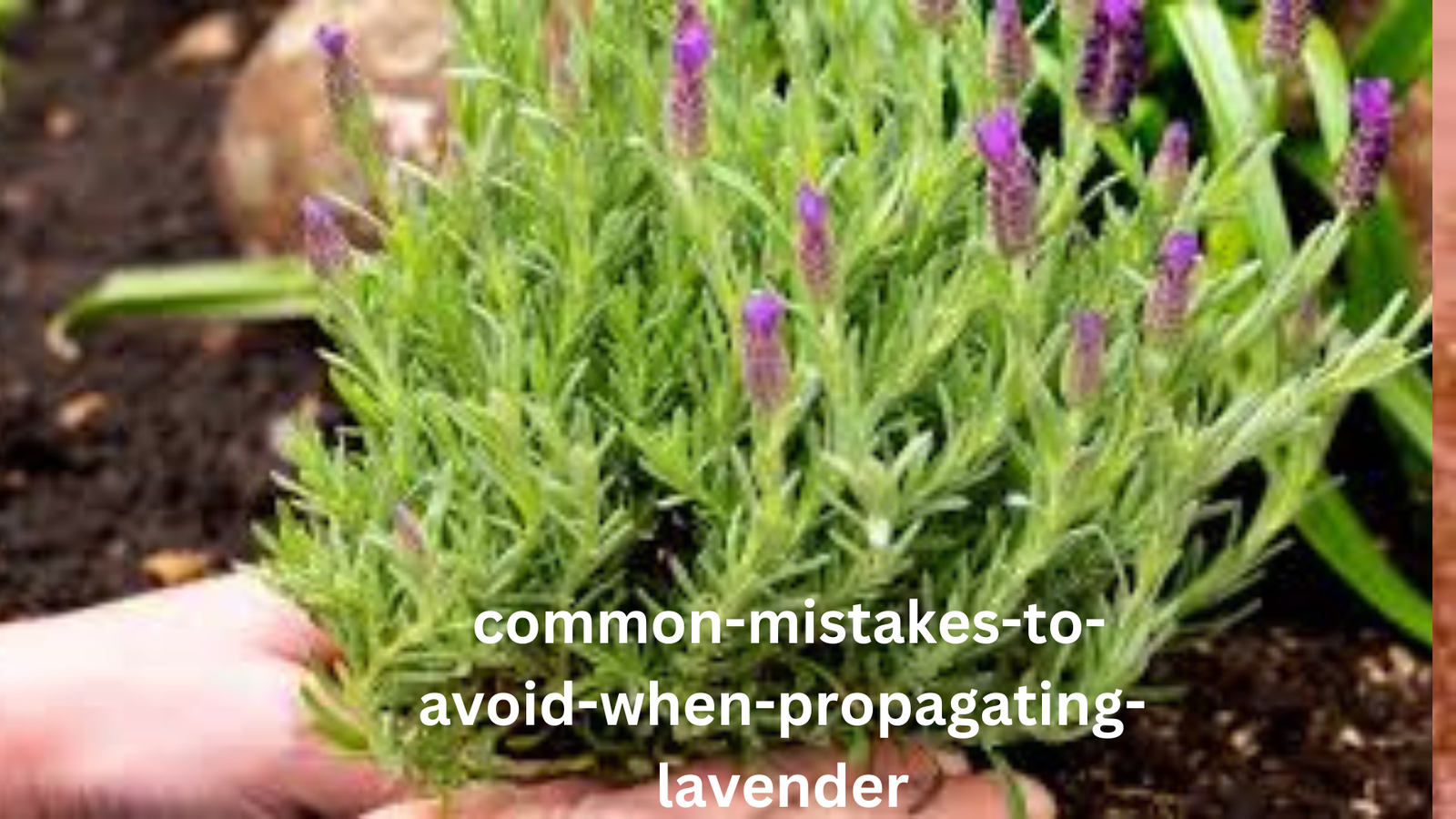
New gardeners make a few easy mistakes when learning how to propagate lavender. One big mistake is taking cuttings with flowers. Flowers steal the energy needed for rooting. Another mistake is lavender cuttings not rooting because of overwatering. Soil should be moist, not wet.
Many people also keep the cuttings in dark areas. But sunlight requirements for lavender include bright, indirect light. If it’s too dark or too cold, the roots won’t form. Make sure the potting soil drains well and that air can circulate around the plant.
How to Care for Lavender Cuttings After Planting

Once roots have formed, you can move your cutting into a bigger pot or garden bed. This is called transplanting rooted cuttings. Be gentle. Try not to damage the fragile roots. Water it lightly for the first few days.
USA gardeners should remember that lavender likes heat and hates wet roots. It grows best in USDA zones 5 to 9. After transplanting, let the plant dry between watering. Add mulch if needed. Follow basic lavender plant care to keep it healthy.
Conclusion
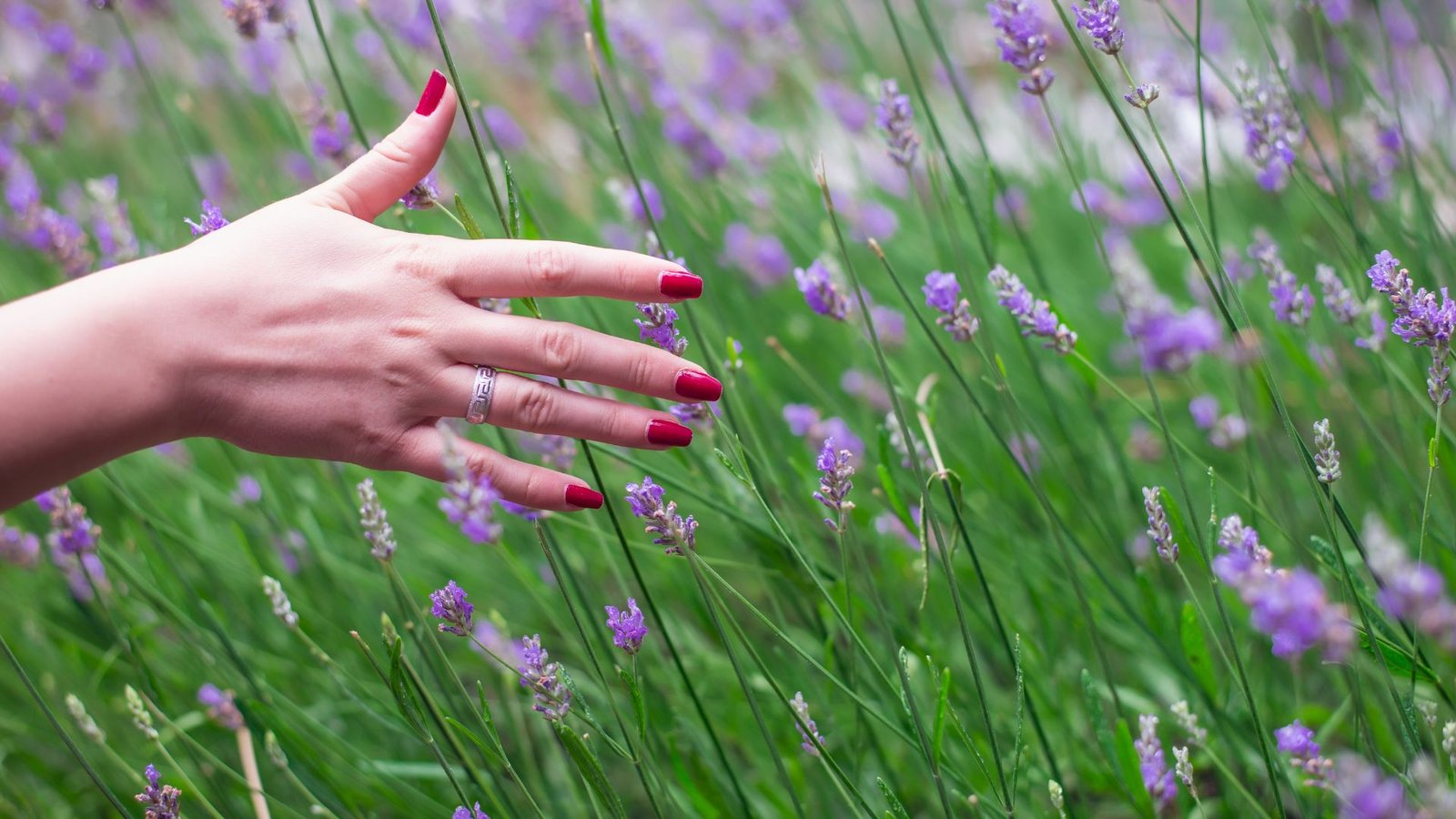
Now that you know how to propagate lavender, you can expand your herb garden anytime. Whether you try lavender softwood cuttings, hardwood cuttings, or layering, you have multiple paths to success. Remember, lavender propagation in pots is one of the easiest ways to start.
The joy of growing lavender at home is not just in the results, but in the journey. You’ll enjoy the calming scent, the buzzing of bees, and the beauty of nature. If you’re just starting, try the softwood method first. Then explore more garden propagation techniques as your confidence grows.
FAQs

